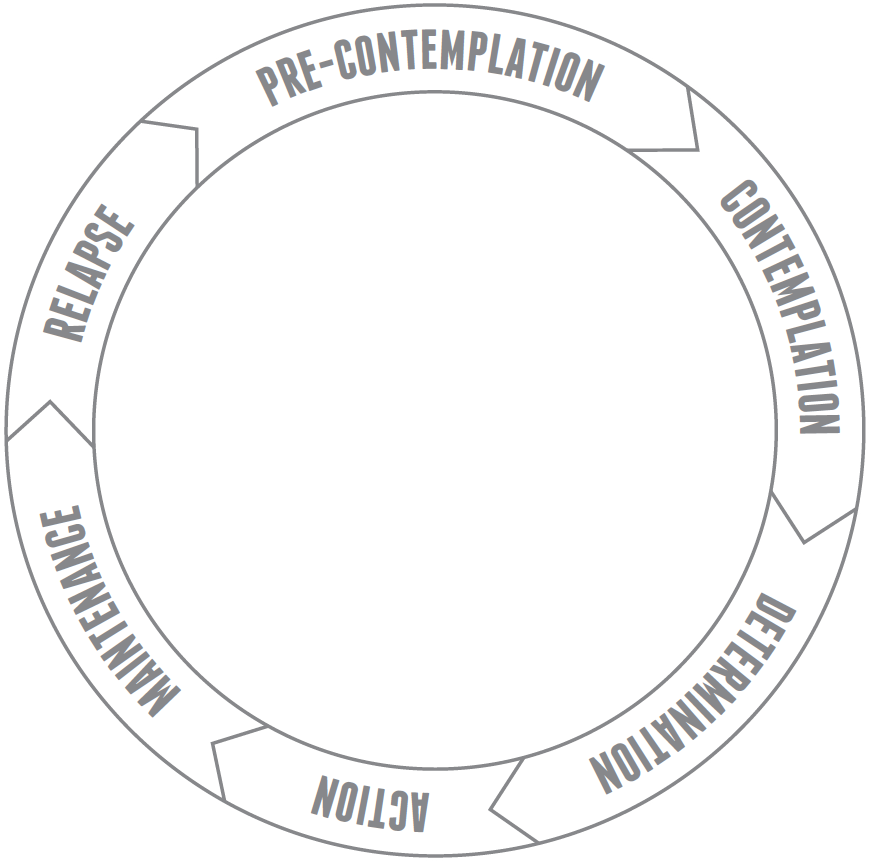Well it’s that time of year again. Time for resolutions and a renewing of goals. The New Year always provides a good moment in time to reestablish goals and try to set up better patterns for the coming year. But as most of you know, those that set goals often fail to turn that new behavior into a new and better habit. Whether that’s dropping a few pounds, giving up tobacco or increasing the time you spend giving back. Somewhere along the way we relapse. Then throughout the year we may dabble in the desired behavior, or worse, simply wait until next year to reestablish the same goals and try once again.
As marketers the old model was to use push and pull tactics in some combination to drive consumers from varying awareness levels of your brand toward brand loyalty. It was always a very linear continuum. Drive them from one end to the other using awareness-building tactics on the front end and relationship marketing tactics on the back end.
While that has not changed, there is something in today’s model that is just as important to address as recruitment and retention. It’s a subset of retention. Relapse. In the space of addiction treatment it is a long-recognized part of the process. But in broader categories whether health and wellness or purchasing shampoo, it’s not. Study after study show how retaining an existing relationship is much more cost-efficient than recruiting a new one. Some studies show that you have a 60-70% chance of selling to an existing customer while you have a 5-20% chance of selling to a new customer. This isn’t to say you need to favor one over the other, but rather to be sure that you have the appropriate retention and relapse tactics in place to either prevent them from leaving or pull them quickly back in.
Most marketers focus on the front end, and for good reason. It’s easier. Retention and relapse tactics are more time-intensive. Because of that, they tend to not get prioritized.
Recognizing relapse as a part of your audience’s journey can help you give thought to how to prevent it. Your product or service will be different than others and your solutions will too. Most times it involves developing ways to have a conversation with your audience. Allowing them to participate in the brand like Warby Parker and TOMS do. Giving them a role to play in the brand’s current and future development. Giving them something to champion.
As with most things you do, including establishing new goals and behaviors, it’s rarely easy. But it will be worthwhile.







